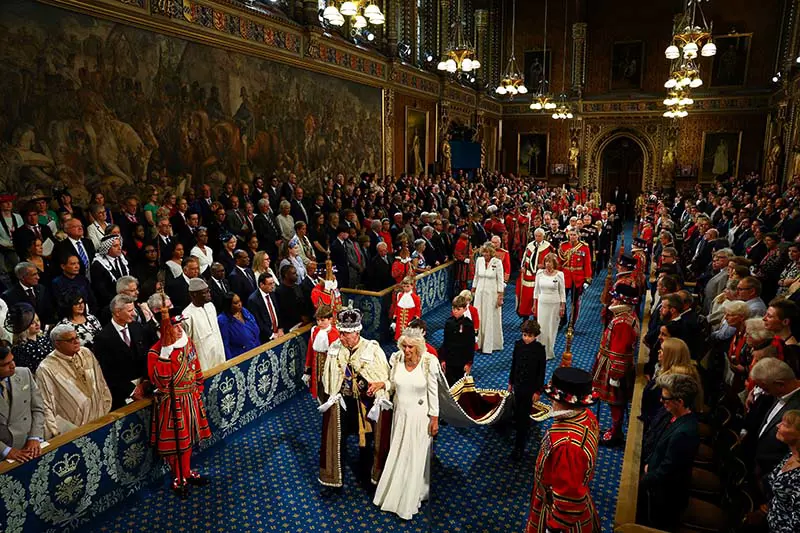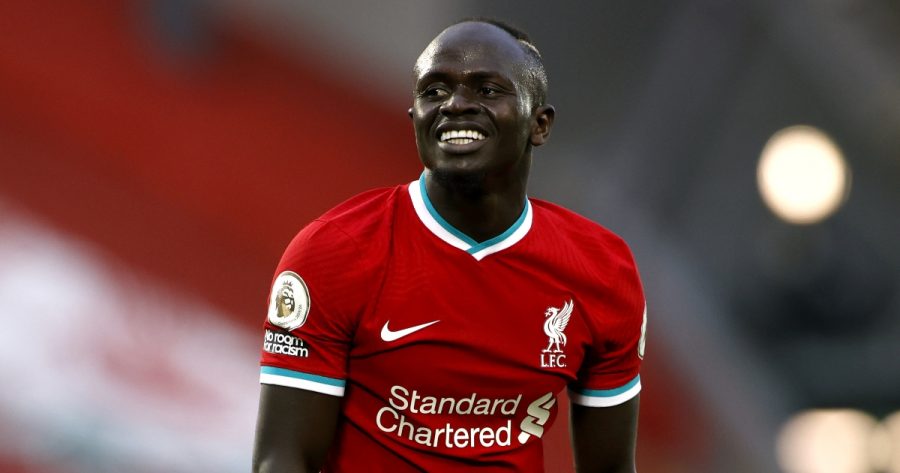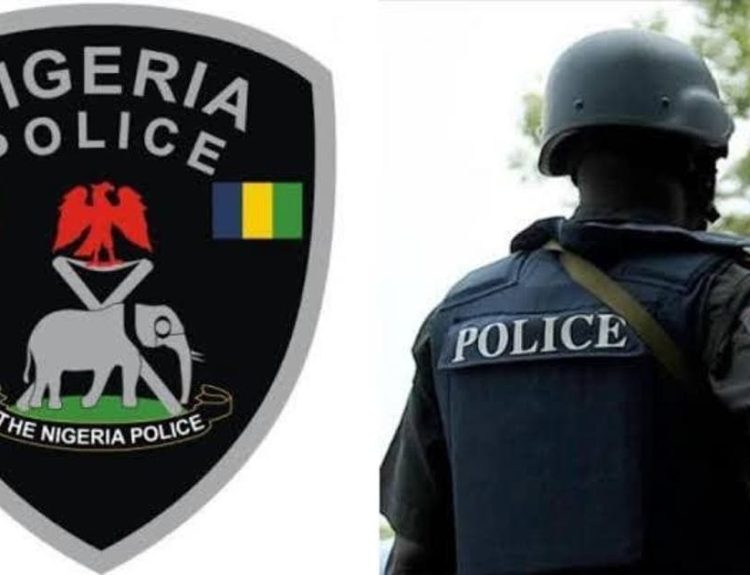The UK’s Head of State, King Charles III, presented the Labour Party’s new government programme during the UK parliament’s formal reopening following the July 4 election. Prime Minister Keir Starmer, leading the UK for the first time in 14 years, emphasized reviving the economy at the core of his legislative agenda.
Starmer declared, “Now is the time to take the brakes off Britain,” underscoring his commitment to fostering national wealth. He led Labour to a decisive victory over the Conservatives, expressing determination to create economic opportunities for all citizens.
Key Aspects of Labour’s Government Programme:
New Border Security Force:
The UK plans to establish a new border security force equipped with “counter-terror powers” to combat “organized immigration crime” related to small boat crossings in the Channel. The new Border Security Command will enhance counter-terrorism efforts to address these issues.
Independent Budget Assessments:
Labour committed to ensuring that all major budgetary decisions undergo “independent assessment.” This follows the economic turmoil caused by Conservative Prime Minister Liz Truss’s unverified mini-budget in September 2022. Future significant tax and spending changes will be evaluated by the Office for Budget Responsibility.
Resetting European Relations:
The Labour government aims to “reset” relations with Europe, aiming to improve trade and investment ties with the European Union. This move seeks to move past the contentious post-Brexit era under previous Conservative administrations.
House of Lords Reform:
In a move towards constitutional modernization, Labour vowed to remove nearly 100 hereditary peers from the House of Lords. This is part of a broader effort to reform the unelected upper chamber of parliament, enhancing democratic accountability.
King Charles delivered these proposals in a traditional ceremony, wearing the Imperial State Crown and a crimson robe, from a golden throne in the House of Lords. Although the address is named after the monarch, it reflects the government’s plans for the next 12 months.





